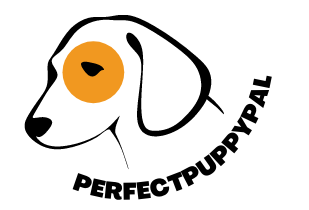How Often Should I Brush My Dog’s Teeth?
Most serious and dedicated pet parents find one way or another to ensure that their dogs’ are always excellently cared for. So, they find out the best food options, seek guidance from top-notch groomers, and buy them all the treats and toys they could possibly need! 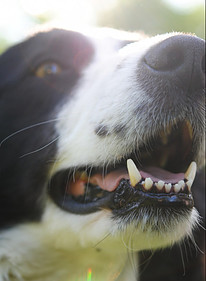
But what happens when the issue of brushing a dog’s teeth pops up in the conversation? Well, we are here to elaborate on all the possible queries you might have regarding brushing a dog’s teeth.
At perfectpuppypal.com, we are not qualified veterinarians or animal nutritionists. The information that we provide is general and educational information only and is not a substitute for professional advice.
What is the need to brush my dog’s teeth?
According to researchers, over two-thirds of dogs aged three and over suffer from periodontal disease. The symptoms of which include inflammation and infection of the soft tissues surrounding the dog’s teeth.
Dental disease in dogs starts off from the plaque that accumulates on their unbrushed teeth, just as it does for us. A build-up of plaque on your best pal’s teeth leads to gingivitis, resulting in your dog suffering from bony tooth sockets. If this condition is left untreated, then it may lead to your dog experiencing painful tooth loss.
At this stage, your canine companion may be feeling so much pain from poorly looked-after teeth that they no longer wish to eat, which can lead to a whole host of other issues.
Furthermore, according to research, almost 80% of dogs suffer from dental diseases at some point during their lives due to the negligence of hygienic measures.
Brushing regularity
In an ideal world, it would be great to be able to brush your fur baby’s teeth just after each and every time they eat, as it would be for us as humans. But do we live in an ideal world? Unfortunately, far from it!
However I find that most veterinarians recommend brushing your dog’s teeth a minimum of three times a week. This will help greatly to remove the tartar accumulation and also stop plaque formation.
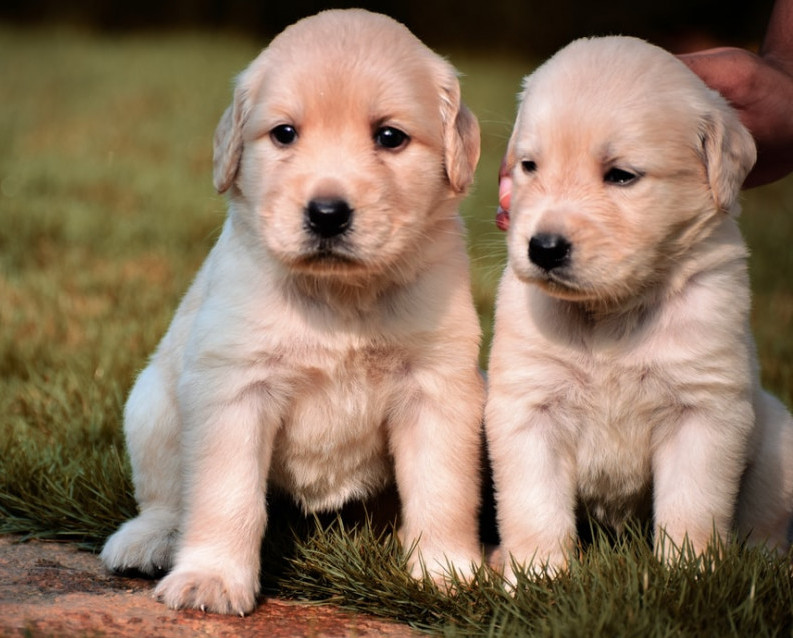
For the best results, it is important to start your tooth brushing regime with your four-legged friend from about six months old when most of their baby teeth (the really needle-sharp little gnashers) have now gone, and any adult teeth are predominantly taking up all the space in your dog’s mouth.
This is the best time for dog owners to teach their dogs to become familiar with tooth brushing. And always remember it is much harder to teach something to senior dogs than it is to young puppies.
Brushing regularly is something we must all strive to do when it comes to the well-being of our furry friends. But with heavy workloads and the world as it is now, some find time a difficult commodity to possess so there are other options available for us.
On the odd occasion, when you are not able to give your favourite little furry companion the time to brush their teeth adequately, then water additives could be a great temporary solution for you as well as some nutritious and healthy dental snacks.
Steps to follow while brushing
Every dog owner would love to be an expert when it comes to brushing their fur baby’s teeth. To become an expert I have outlined a few of the basic points needed to get you started.
For a positive and successful experience, praising your dog at all times during the process of tooth brushing is essential. To ensure the process of teeth brushing goes swimmingly, follow the simple and easy steps included below.
• Best time and place – I believe that it is always best to brush your dog’s teeth as quickly as possible after each meal they consume. I always try to give my girl as much exercise as possible before feeding time, then after eating she is calm, relaxed, and ready for a nap, this I find is the perfect opportunity for teeth brushing.
• Proper handling – For a small dog, when tooth brushing, I find it’s always best and easiest to securely hold them in your lap with their heads facing in a forward direction. This way it is easier to open their mouths with one hand whilst the brushing is done with the other.
When dealing with our larger canine companions, I advise that you sit next to them on a comfortable sofa or bed thus making sure that the brushing process will be much more comfortable for you, and of course your four-legged friend!
• Try to start with finger rubbing – To get your dog used to the sensation of having their teeth brushed you should begin the process by rubbing the outer surface of your dog’s teeth very lightly with your finger. During this process, your primary focus should be on the area where the gums are in contact with the surface of the teeth, but be careful! The first couple of times could result in a nip here or there if your pal is not fully comfortable with the situation!
• Use of pet toothpaste with your finger – Once your dog has gotten used to the sensation of having their gums caressed by your soft, gentle, and loving hand, the time has arrived to introduce some toothpaste! This practice will help your dog get familiar with the taste of pet toothpaste.
Be aware that pet toothpaste and human toothpaste are very different products. There are ingredients and additives included in human toothpaste, that can be very harmful to our furry friends, so it is best not to use human toothpaste for dogs as it will cause stomach irritation on swallowing.
• Apply a small amount with a cloth – When you see your dog has accepted the toothpaste, the next step is to put a small amount of paste on a piece of fabric such as a clean cloth or an old (again clean) t-shirt. As with the previous step, slowly rub over their teeth and gums, but this time with the piece of fabric between your finger and your dog’s teeth.
• Introducing a dog toothbrush- After your dog has become completely familiar with the sensation of having their teeth rubbed with a piece of fabric, and the taste of doggy toothpaste, it’s finally time to start brushing using a toothbrush.!
What type of dog’s toothbrush should I choose?
There are many different types of commercial dog toothbrushes available on the market. These are made especially for your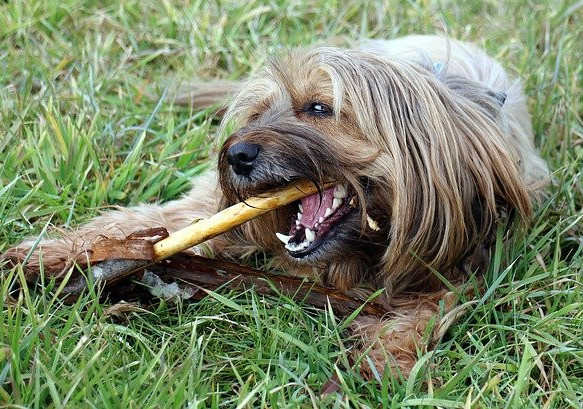 canine companion according to their tooth structure and position. They all come in different shapes and sizes, so you should be able to choose one according to you, and most importantly your dog’s comfort level! Some of the types are as follows;
canine companion according to their tooth structure and position. They all come in different shapes and sizes, so you should be able to choose one according to you, and most importantly your dog’s comfort level! Some of the types are as follows;
• Multiple heads toothbrushes
• Angled handle toothbrushes
• Finger toothbrushes
• Small toothbrushes
Can I use baking soda to brush my dog’s teeth?
While some say making homemade dog toothpaste from baking soda to use on your fur baby’s teeth will cause no damage, others believe it is best avoided. Although baking soda contains some great cleansing properties, due to its very high alkaline content, it may upset the acid balance of your dog’s stomach if ingested.
Another point to consider is baking powder does not taste very nice at all, for humans and our four-legged friends alike! So chances are if you try to brush your dog’s teeth with baking soda and the experience doesn’t go well, then any future brushing sessions with a suitable dog toothpaste may not go so smoothly!
I recommend not using baking soda personally as a toothpaste substitute, but if you do decide to use it then please do some research and consult with your vet beforehand.
How long should I brush my dog’s teeth for?
Most dog groomers recommend spending about a minute brushing each side of your dog’s mouth aiming for 2 minutes total brushing time. When starting out it’s best to just try to brush a few teeth at a time to see how it goes. If all goes well then you can gradually increase the number of teeth you brush each time you perform the activity.
The outsides of the back teeth and the canines are usually the best teeth to start on as they generally accumulate the most plaque. If your canine companion lets you clean the insides too then this a bonus! But as the surface of dog’s tongues are quite rough the insides of their teeth are kept cleaner by themselves.
Preventive measures during brushing
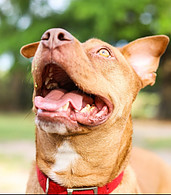
As with humans and just about any other animal for that fact, a dog’s mouth contains a lot of bacteria. It is always best to try to wear gloves while brushing your best friend’s teeth. If, for some reason, you are not able to wear them, then always wash your hands thoroughly before brushing and after the activity has been completed.
Also, after each brushing session, don’t forget to clean and rinse the toothbrush well in order to remove any bacteria so it is ready for next time. If you have more than one dog at home, try your best to use a separate toothbrush for each of your pets.
So, how often should I brush my dog’s teeth?
Brushing, and keeping your canine companion’s teeth clean, is an important part of the health care and wellbeing of a dog’s life. Failing to keep your dog’s teeth clean, could result in some seriously unwanted dental problems.
Once you have acquired all the necessary equipment needed, and have read through the steps and guidelines above then it’s time to start brushing!
To sum up, I feel it’s most beneficial to brush your fur baby’s teeth after each meal and for a total of about 2 minutes. If not possible, then try your best to get a brushing session in at least times a week.
I hope you have found the information here useful, and if you have any questions or would like to share your personal experience when brushing your dog’s teeth then please feel free to leave us a comment below.
